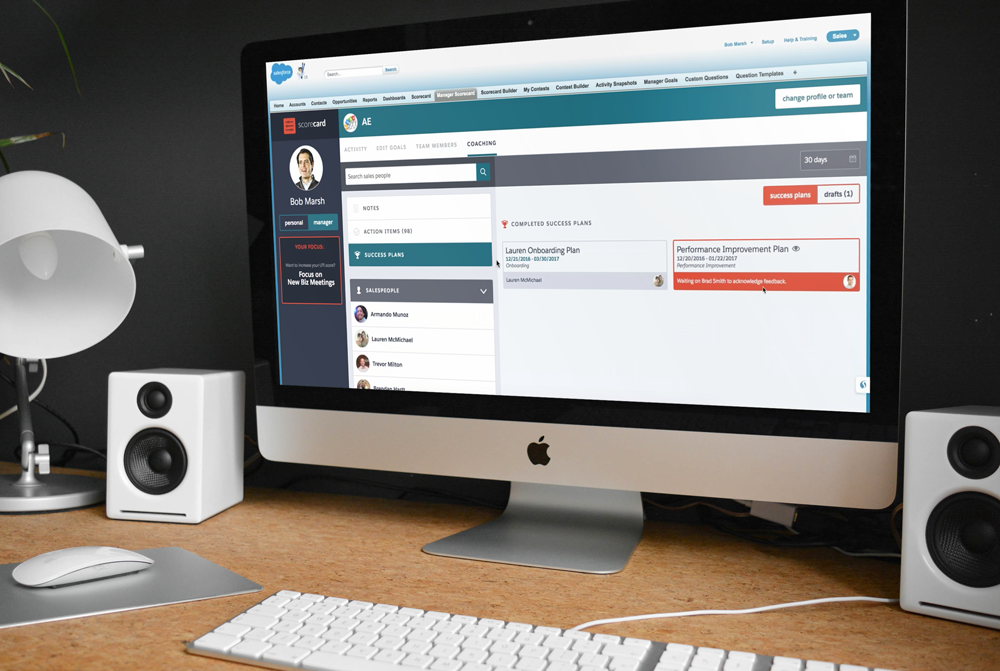If the last few years have taught us anything, it’s truly the importance of being able to adapt. Although great steps towards normal have been made, uncertainty still remains. High employee turnover, the “Great Resignation”, and shifting to different work environments are just a few of the challenges that companies are facing.
Employees, however, are the ones feeling the biggest impact. Frequent change has loaned itself to a common issue among the workforce: people, even seasoned workers, feel like they are new hires.
If you combine this mindset with actual new hires and a return to office, then it’s time to re-onboard your team.
What is Re-Onboarding Anyway?
It’s very likely that you’re familiar with onboarding. Most companies have a designated introductory period to get new hires acclimated to both the company and their roles. Re-onboarding is essentially the same concept, but with the inclusion of all employees as opposed to just new hires.
This process might look different for everyone, but there are a few best practices to consider when making the crucial decision to re-onboard your team.
Reestablish and Communicate Cultural Expectations
Where an employee is located during working hours could be different each day with the transition to hybrid environments. A critical component to re-onboarding (and truly the first step) is making sure to communicate cultural expectations and business norms, which should be agreed upon by the whole team.
These could include the answers to questions like:
- What are the health and safety policies internally and with regard to clients?
- Which meetings will remain virtual, and what are the expectations for the ones that are in-person?
- How are we making sure anyone working remotely is included, given a voice, and is part of team-building?
Whatever your cultural and operational new normals look like once agreed upon, it’s important to make them readily available to the entire company. Make sure to create a document of some kind for employees to access and refer to if questions come up.
Focus on Short-Term Goals
Successful onboarding always includes a plan of attack for individuals and teams, and that should also be the case with re-onboarding. Create specific 30-60-90 day plans to establish clear goals and the tasks that need to be completed in order to achieve them.
These plans should also apply to teams as a whole. Be sure to include achievable short-term goals that an entire team can work together to achieve. Celebrating wins along the way is a sure-fire way to boost motivation and help everyone feel supported and valued.
Connection is Key
All of the big changes in the way we conduct business have left so many employees feeling like they’re starting at the beginning–even if they’ve been with the same company for quite some time. More than that, a lot of folks started a job remotely and have never had the opportunity to meet their coworkers in person.
With many headed for a hybrid workplace or perhaps already in one, creating moments of connection is key. In your re-onboarding process, be sure to sprinkle one-on-ones between employees who might not be in regular contact.
Including a few icebreakers in those meetings is important. Seemingly silly and unrelated questions do have the power to help people connect. From there, it becomes so much easier to start talking about individual skills to ultimately establish shared knowledge and best practices.
Solutions to Make Re-Onboarding a Breeze
Let’s face it, deciding to re-onboard seems like it is going to take a lot of time and you might not be sure if it’s even worth it. In reality, re-onboarding will boost overall productivity and there are tools at your disposal to make the process simple, consistent, and effective.
Building quality 30-60-90 day plans for the re-onboarding process can be accomplished using LevelEleven’s Success Plans. They are designed to help managers establish time-based initiatives using template-based coaching notes, action items, and performance metrics to easily track progress and ensure consistent communication.
Having the plans easily created is one thing, but now you’re charged with the task of encouraging and motivating employees during the process. Gamifying the re-onboarding period is a great way to accomplish this. Awarding Badges to individuals as they progress closer to their goals will encourage everyone to stay the course.
In addition to real-time recognition, LevelEleven also makes it possible to automate Badges with an optional prize for a certain time period using Milestones. Combining your individual and team plans with Milestones helps rally teams around a common goal, which is a critical component of the re-onboarding process.





